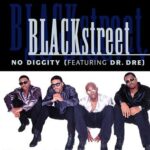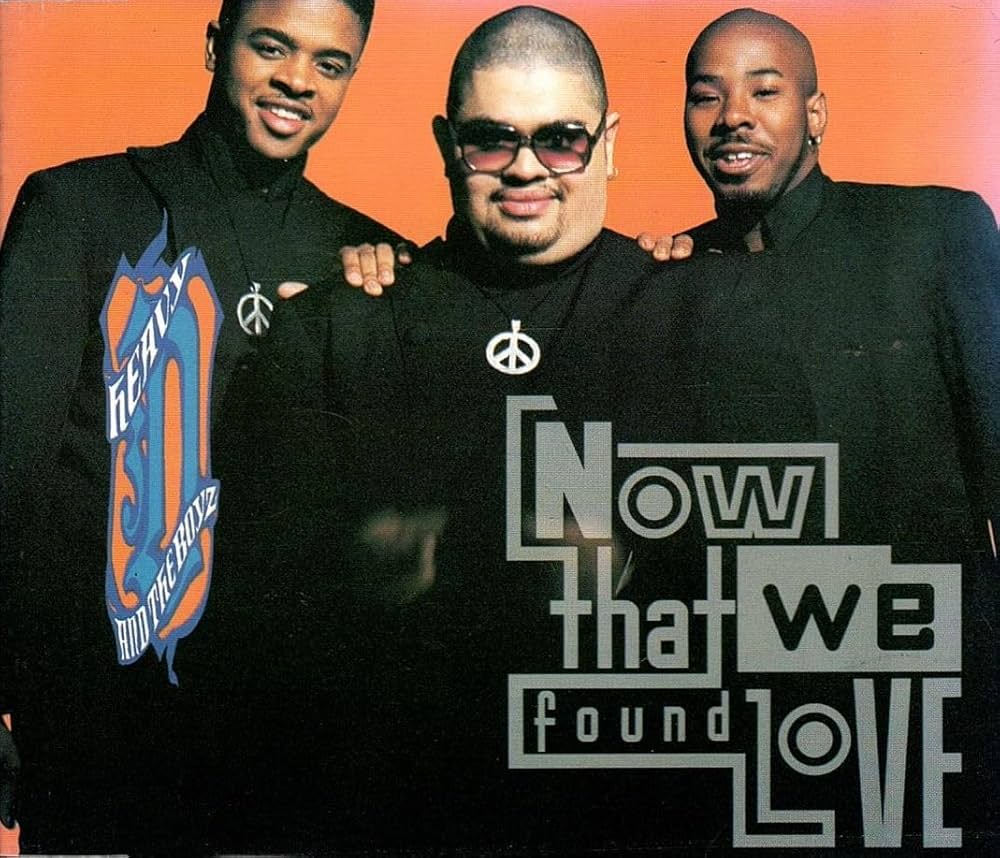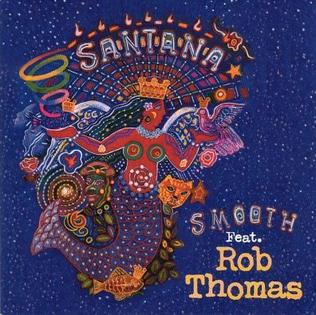 There are songs that become hits, and then there are songs that redefine the entire meaning of cool. “No Diggity” by Blackstreet is one of those rare tracks—a masterclass in groove, production, and confidence that didn’t just dominate radio in the mid-1990s but rewired R&B’s DNA. Released in 1996, “No Diggity” wasn’t merely a chart-topping single; it was a cultural reset. It marked the moment when R&B became sleek, swaggering, and unapologetically sophisticated, bridging the gap between hip-hop’s edge and soul’s sensuality.
There are songs that become hits, and then there are songs that redefine the entire meaning of cool. “No Diggity” by Blackstreet is one of those rare tracks—a masterclass in groove, production, and confidence that didn’t just dominate radio in the mid-1990s but rewired R&B’s DNA. Released in 1996, “No Diggity” wasn’t merely a chart-topping single; it was a cultural reset. It marked the moment when R&B became sleek, swaggering, and unapologetically sophisticated, bridging the gap between hip-hop’s edge and soul’s sensuality.
Produced by the legendary Teddy Riley, the track distilled everything that made ‘90s music irresistible: tight harmonies, intricate rhythms, and that effortless sense of style that could turn a simple hook into an anthem. “No Diggity” didn’t chase trends—it set them. Its slinky beat, silky vocals, and unforgettable “hey-yo” refrain made it one of the decade’s defining songs, while its impact continues to echo through every R&B artist who’s ever blended suave charm with streetwise grit.
The Beat That Changed Everything
Before diving into its legacy, it’s worth appreciating the musical architecture that made “No Diggity” so instantly recognizable. From the opening bars, with that hypnotic sample of Bill Withers’ “Grandma’s Hands,” the song announces itself as something luxurious yet grounded. Riley’s production layers funk-infused bass, tight snare hits, and crisp piano stabs, creating a sonic palette that’s both lush and restrained.
This was Teddy Riley doing what he did best: inventing and evolving the New Jack Swing sound he pioneered in the late 1980s. But “No Diggity” wasn’t just another New Jack track—it was an evolution. Riley infused it with a maturity and depth that transcended dance floors. The groove is deliberate, the rhythm sensual but understated, the entire composition a study in balance.
It’s the kind of song that doesn’t need to shout to make its presence felt. The minimalism in its production lets each detail shine—the low-end groove, the silky harmonies, and, of course, that iconic “play on, player” chant that became the heartbeat of late-90s R&B.
The Power of Swagger
What really elevates “No Diggity” beyond its impeccable sound design is its attitude. The lyrics are pure confidence: flirtatious, boastful, and delivered with smooth precision. It’s a song about admiration—about a woman who carries herself with self-assurance and style, and the men who can’t help but respect that.
“She’s got class and style / Street knowledge by the pound.” Those words captured the era’s vision of idealized sophistication—a blend of intelligence, sensuality, and self-possession. “No Diggity” flipped the script on how female desire and power were represented in R&B. It wasn’t about control or conquest—it was about mutual magnetism.
For Blackstreet, it was a defining statement. The group, led by Teddy Riley and Chauncey Hannibal, had already built a reputation for blending vocal smoothness with rhythmic complexity. But “No Diggity” crystallized their identity. It was suave without being slick, sexy without being shallow. Each vocal layer—Riley’s confident delivery, Hannibal’s silky harmonies, and the guest verse by none other than Dr. Dre—added a texture that made the track multidimensional.
Dre’s cameo, punctuating the song’s verses with a low-key rap, tied the worlds of hip-hop and R&B together in a way that felt effortless. This was the sound of urban sophistication: smooth enough for the radio, raw enough for the streets.
The Visual Legacy
If you were watching MTV or BET in 1996, the “No Diggity” music video was impossible to ignore. Directed by Hype Williams, it was pure mid-90s aesthetic indulgence—dark lighting, glossy textures, and slow-motion swagger. And then there was the puppet. Yes, the marionette—an unexpected yet unforgettable visual centerpiece. The puppet, styled with streetwear and sunglasses, became an unlikely symbol of cool, an embodiment of the song’s playfulness and creativity.
The video’s color palette—cool blues, deep blacks, and shimmering metallics—perfectly matched the song’s sound: sleek, urban, and undeniably stylish. Williams’ direction, known for his work with Missy Elliott and Busta Rhymes, gave “No Diggity” a cinematic sheen that elevated it beyond a music video—it became a visual experience.
In a decade defined by music videos, “No Diggity” stood out as one of the most innovative. Its style influenced everything from R&B aesthetics to advertising design. It made Blackstreet look like kings of modern cool—effortless, unbothered, and untouchably confident.
The Cultural Explosion
Upon release, “No Diggity” shot to the top of the Billboard Hot 100, dethroning “Macarena” and marking a turning point for R&B in the pop mainstream. It wasn’t just a success; it was a phenomenon. The song won a Grammy Award for Best R&B Performance by a Duo or Group, cementing Blackstreet’s place among the decade’s elite.
But beyond the charts, “No Diggity” became a cultural event. It was the kind of song that instantly upgraded any atmosphere. You could hear it in clubs, car stereos, malls, and dorm rooms. It crossed boundaries—racial, generational, and musical. Even people who didn’t know Blackstreet’s name could hum that hook.
Part of its power came from its universal appeal. Everyone wanted to feel like the song sounded: smooth, confident, irresistible. For men, it was aspirational swagger; for women, it was empowerment through recognition. The “shorty get down, good Lord” opening line became as iconic as any catchphrase of the era.
Even hip-hop heads respected it. That blend of Dre’s West Coast cool and Riley’s East Coast polish made it a unifying anthem. It was rare for a track to dominate both urban and pop radio in such equal measure, but “No Diggity” made it look effortless.
Reinvention and Influence
Decades later, “No Diggity” remains a benchmark in R&B production. Its fingerprints are all over the genre’s modern landscape—from The Weeknd’s dark seduction to Bruno Mars’s retro flair. The minimalist funk grooves of artists like Anderson .Paak and Silk Sonic trace their lineage back to Riley’s blueprint.
But the song’s influence isn’t limited to R&B. Its fusion of styles prefigured the genre-blending that defines modern pop. The combination of live instruments and samples, of tight vocal harmonies and hip-hop cadence, created a sonic template that countless producers have drawn from since.
Even its structure—part rap, part croon, part groove—helped pave the way for the hybridization of pop and R&B that artists like Justin Timberlake, Usher, and Ne-Yo would later perfect. Timberlake himself has often cited “No Diggity” as a foundational influence, and it’s easy to hear why. It taught a generation of performers how to be smooth without being sterile, sensual without being soft.
And then there’s the song’s afterlife in pop culture. From covers by Ed Sheeran and Chet Faker to countless samples in remixes and mashups, “No Diggity” refuses to age. It’s a song that lives eternally in playlists—an instant vibe that fits any mood, from nostalgia trips to late-night drives.
The Genius of Teddy Riley
At the heart of “No Diggity” lies the creative genius of Teddy Riley, one of the most important architects of modern R&B. Riley had already revolutionized the sound of the late ‘80s and early ‘90s through his work with Guy and Keith Sweat, pioneering the New Jack Swing movement. But with “No Diggity,” he achieved something even greater: he made sophistication sound dangerous.
Riley’s genius was his ability to merge precision with personality. Every note of “No Diggity” feels intentional, yet the song breathes. It grooves without clutter. The interplay between programmed beats and live instrumentation creates a dynamic tension—a hallmark of Riley’s work.
Perhaps most impressively, “No Diggity” doesn’t sound dated, even decades later. While many ‘90s hits are easily pinned to their era, this one remains timeless. That’s because Riley built it around fundamentals: rhythm, melody, and charisma. He wasn’t chasing the sound of the moment—he was defining the sound of the future.
Legacy: The Anthem of Cool
To this day, “No Diggity” is shorthand for style. It’s the kind of song that immediately sets a tone—one of smooth confidence, understated sensuality, and playful swagger. DJs use it to transition between eras; filmmakers use it to instantly evoke cool; audiences hear it and nod in recognition.
Its endurance lies not only in its craft but in its feeling. “No Diggity” captures the essence of mid-‘90s nightlife—the dimly lit lounges, the slow-motion sway of the dance floor, the flirtatious glances across a crowded room. It’s a mood more than a melody, a state of mind wrapped in rhythm.
The phrase itself—“no diggity”—became part of everyday slang, meaning “no doubt” or “absolutely.” It slipped seamlessly into pop vernacular, a testament to how deeply the song embedded itself into culture.
For Blackstreet, it remains their signature achievement, a track that not only defined their career but also marked a peak for the entire R&B genre. It’s hard to imagine the evolution of artists like TLC, Destiny’s Child, or Ne-Yo without the influence of “No Diggity.” The song showed that R&B could be both commercially dominant and artistically sophisticated.
Why “No Diggity” Still Matters
Beyond nostalgia, “No Diggity” remains relevant because it embodies timeless human themes—attraction, confidence, and the joy of rhythm. Its sonic textures are still fresh, its lyrics still relatable. It feels as natural in a 1996 nightclub as it does in a 2025 playlist.
Moreover, the song represents a crucial bridge between eras. It’s the sound of analog meeting digital, of old-school soul merging with new-school production. It’s a musical handshake between generations—between the legacy of Bill Withers and the innovation of modern producers.
Each time the beat drops and the vocals glide in, the effect is the same: instant cool. That’s the enduring power of “No Diggity.” It’s not just a hit—it’s a feeling. A reminder that true style doesn’t need to scream; it just needs to groove.
Conclusion: Eternal Smooth
More than two decades after its release, “No Diggity” stands as an eternal anthem of cool—proof that perfection in music isn’t about complexity but chemistry. The chemistry between rhythm and melody, between R&B and hip-hop, between confidence and restraint.
Blackstreet, Teddy Riley, and Dr. Dre created something that transcends time. “No Diggity” remains the soundtrack to confidence—the sound of a smirk, a sideways glance, a slow-motion walk under city lights.
Its influence can still be heard in the sleek production of modern R&B, the swagger of pop crossovers, and the effortless cool that artists still chase. It’s not just a 1990s classic—it’s a masterclass in groove that continues to define what it means to be timeless.
“No Diggity” doesn’t ask for your attention—it earns it. It doesn’t beg to be cool—it is cool. And decades later, there’s still no doubt—no diggity—it’s one of the smoothest songs ever made.


